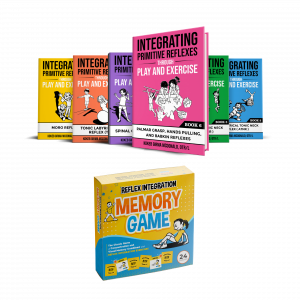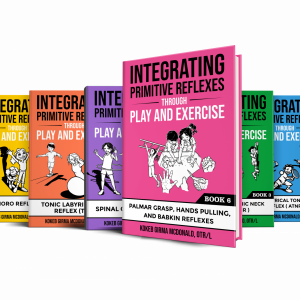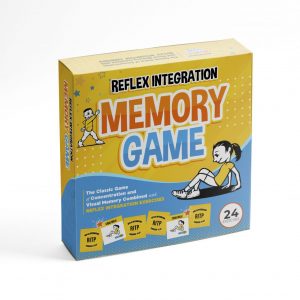Is a Hidden Reflex Affecting Your Child’s Ability to Learn, Focus, or Move Comfortably?
In this episode of Reflex Integration: The Podcast (RITP), we explore one of the most overlooked yet impactful reflexes in childhood development: the Symmetrical Tonic Neck Reflex (STNR). If a child struggles with posture, visual tracking, handwriting, or coordination, STNR may be at the root — and most people don’t even know it exists.
This transitional reflex plays a major role in building the neurological foundation for crawling, reading, writing, and overall movement coordination. When it’s active beyond its normal window, it can subtly but powerfully disrupt a child’s development.
What Exactly Is the STNR?
The STNR typically emerges between 6 to 9 months of age and should integrate by the time a child is about 11 to 12 months. Unlike most primitive reflexes, the STNR is transitional—it helps babies move from lying on their tummy to crawling on hands and knees. It coordinates head movements with opposing movements in the arms and legs.
- When the head tilts up, the arms extend and the legs bend.
- When the head tilts down, the arms bend and the legs extend.
This movement pattern forms the basis for crawling and is essential for developing postural control, balance, and coordinated movement between the upper and lower body.
What Happens When STNR is Retained?
If the STNR doesn’t integrate properly, it can lead to developmental challenges that persist into childhood and even adulthood. These may include:
- Poor sitting posture (often slumped or leaning on the desk)
- Difficulties with reading and writing
- Problems with visual tracking and eye-hand coordination
- Trouble with sports or activities that require balance and rhythm
- Behavioral issues due to underlying postural fatigue or sensory overload
In today’s episode, Kokeb walks you through how to recognize retained STNR patterns in children and why they matter more than you think.
Observing and Testing for STNR
Early identification is key. We guide listeners through simple, observation-based assessments you can do at home, in a classroom, or in a clinical setting. A common way to test STNR involves placing the child in a quadruped (hands-and-knees) position and observing what happens when they raise or lower their head. Do the arms or legs shift involuntarily? That might indicate an active STNR.
Exercises to Support Integration
The episode includes a range of practical exercises and activities to help integrate STNR, such as:
- Cat-Cow stretches to build body awareness
- Crawling patterns to strengthen coordination
- Bear walks and Superman holds for core and postural strength
- Cross-lateral movements to promote brain-body connectivity
These movements aren’t just for younger kids—they can be adapted for older children and even teens who may still be compensating for retained reflexes.
All exercises are designed to be playful, purposeful, and easy to incorporate into daily routines at home, school, or in therapy sessions. Plus, you can access video demonstrations of every activity inside the RITP app.
From Insight to Action
Recognizing and addressing STNR can shift how we support children—not just academically or behaviorally, but neurologically. Understanding the “why” behind the wiggles, slouching, or lack of coordination helps us move from frustration to strategy, from managing symptoms to nurturing integration.
Whether you’re a pediatric therapist, educator, or parent, recognizing the role of the STNR can completely reframe how you approach challenging behaviors and developmental delays. Instead of managing symptoms, you’ll begin supporting the neurological foundations of movement, learning, and regulation.
This series offers practical tools, fresh insights, and evidence-based strategies to support children more effectively — whether you’re just getting started with reflex integration or fine-tuning your current approach.
🎧 Tune in now to hear Kokeb’s breakdown — and let’s reimagine what’s possible through the power of Reflex Integration Through Play.
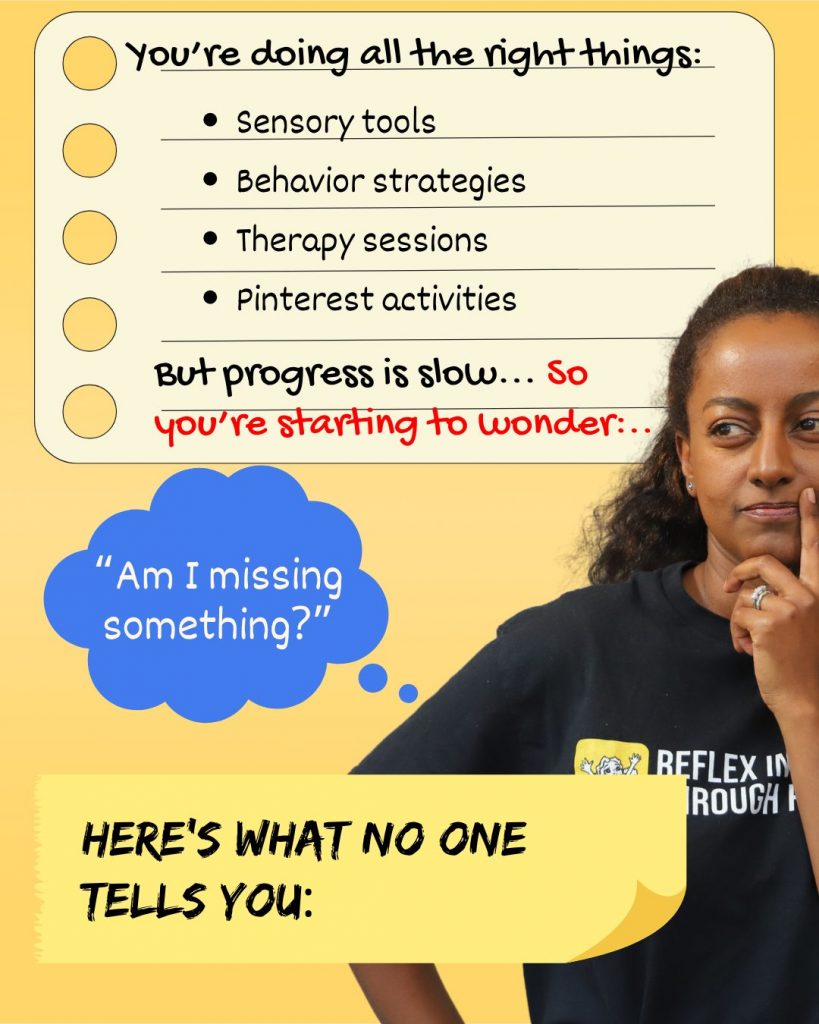

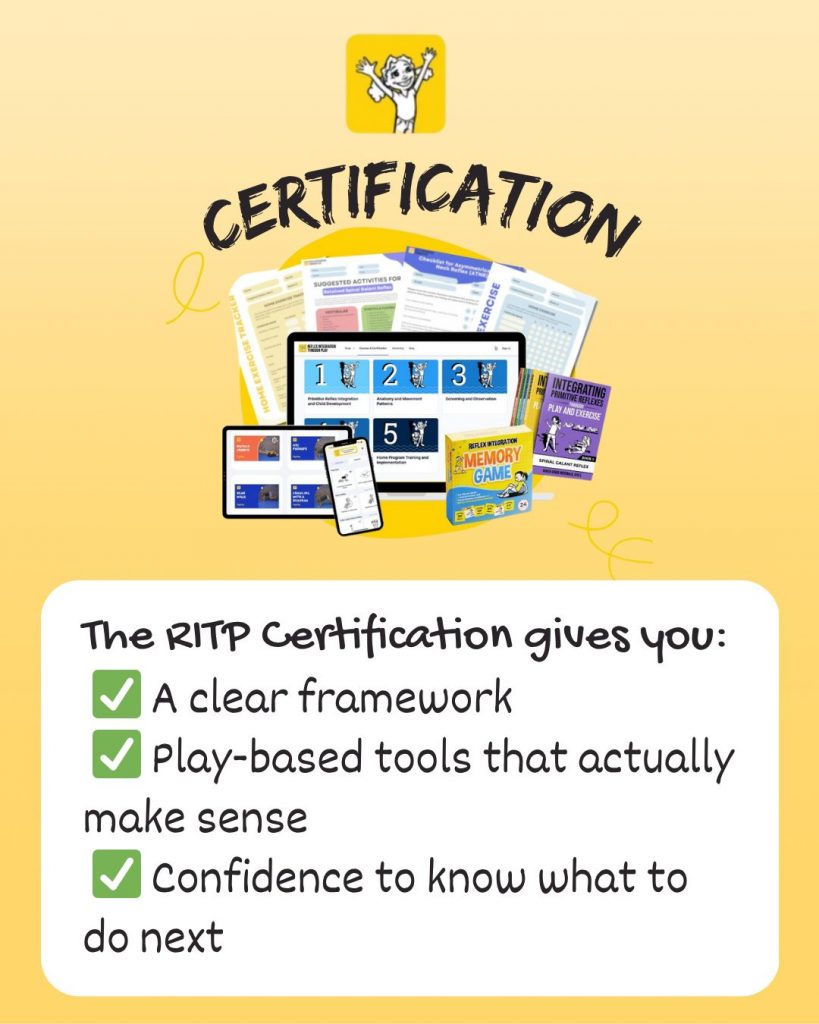
YOU DON’T NEED TO GUESS ANYMORE. YOU JUST NEED TO CONNECT THE DOTS. SIGN UP FOR OUR:
FREE Webinar: Introduction to Reflex Integration Through Play (RITP)
Recording Available Now for a Limited Time! Just sign up below to watch it.
🎒 Ready to Bring Reflex Integration Through Play (RITP) to Your School or Therapy Practice?
👉 If you’re looking for ways to bring reflex integration into the classroom, check out the Reflex Integration Through Play at School program: RITP.info/school.
RITP at School Program is designed for school-based occupational therapists, educators, professionals who want to implement a flexible, play-based, brain-body approach.
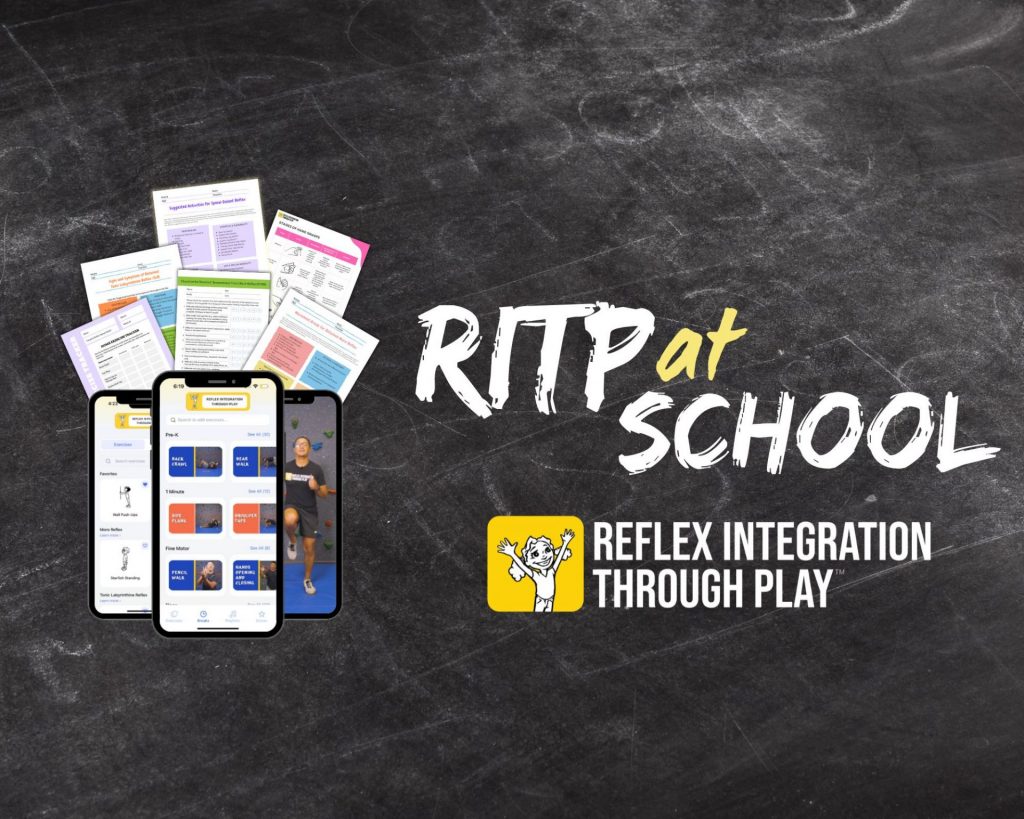
✅ AOTA-approved trainings
✅ Plug-and-play curriculum from Pre-K to High School
✅ Coaching calls to support your implementation
✅ Ready-to-use resources for both therapists and teachers
✅ Proven tools to improve focus, regulation, and learning in the classroom
Whether you’re supporting one school or many, this program gives you everything you need to equip teachers, empower students, and make a lasting impact.
🎒 Ready to Level Up Your Skills and Learn the Keys to Reflex Integration Through Play?
👉 For therapists and service providers wanting to level up their skills and bring a play-based approach to reflex integration, visit: RITP.info/certification.

✅ Comprehensive, hands-on training to master reflex integration techniques
✅ Evidence-based methods that blend movement, play, and functional applications
✅ Step-by-step guidance to assess and address unintegrated reflexes
✅ Ongoing mentorship and coaching calls to support your clinical success
✅ Practical tools and resources to implement reflex integration with confidence
Whether you’re working with children, adults, or specialized populations, this certification gives you the skills, support, and strategies to create real, lasting change in your clients’ lives.



